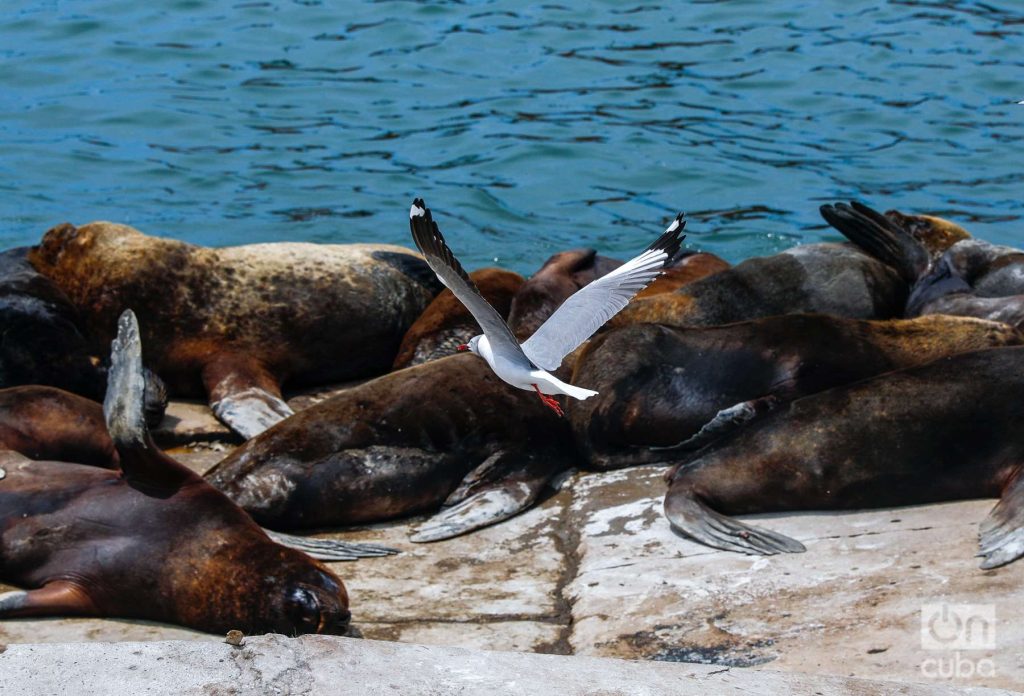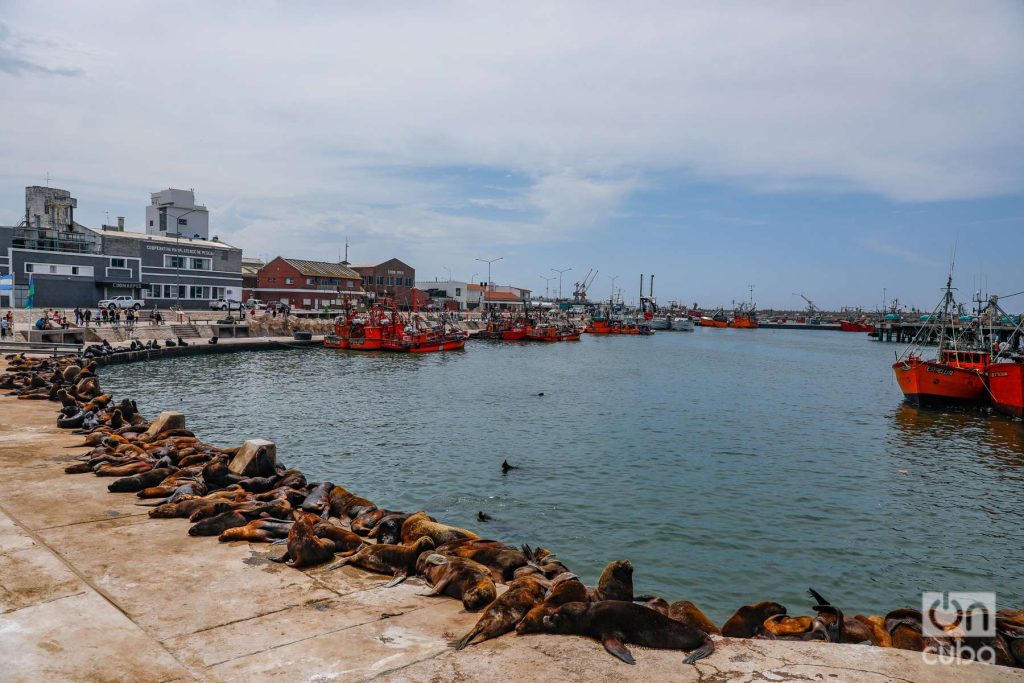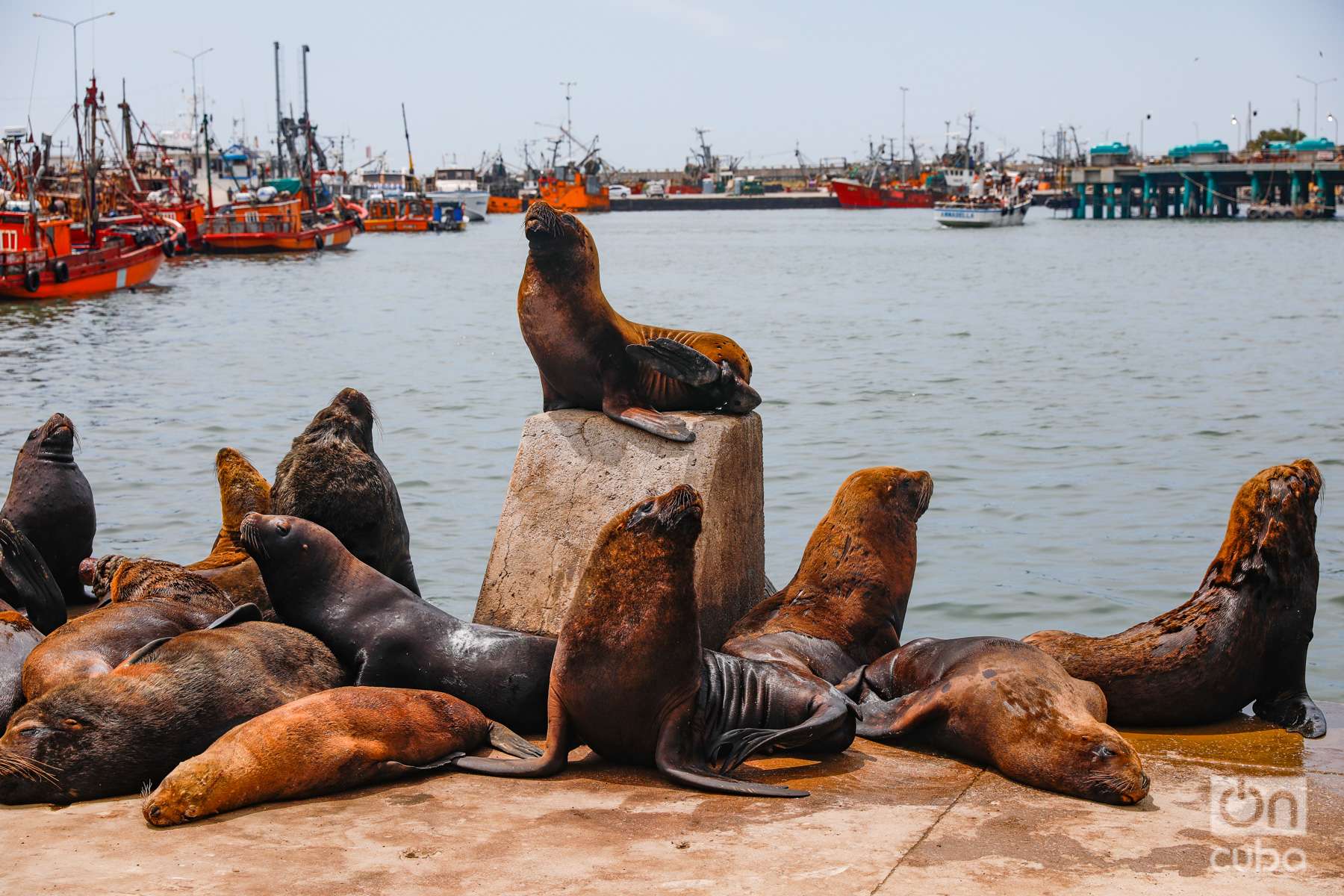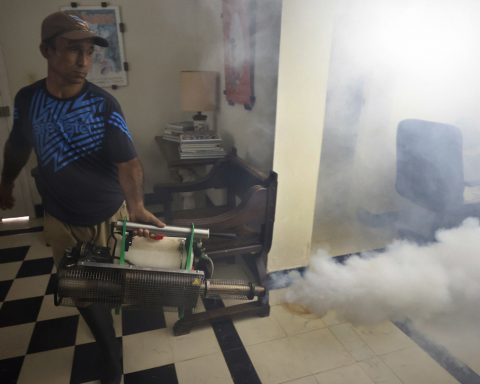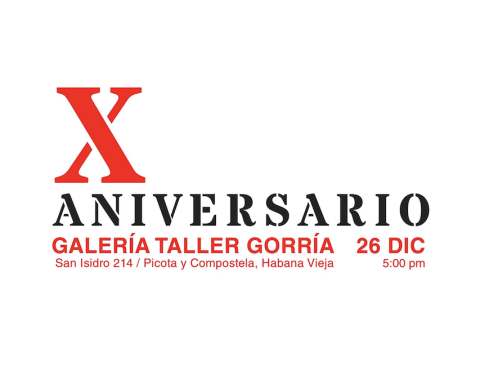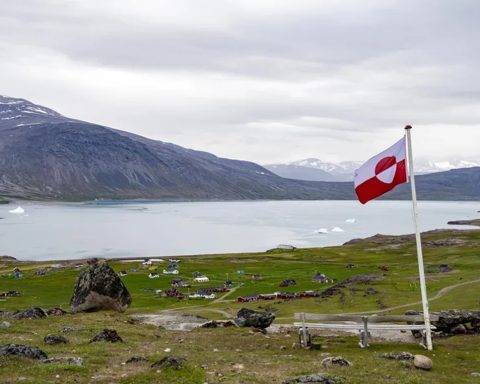Mar del Plata, in the province of Buenos Aires, is famous for its beaches, lively nightlife, and delicious seafood. But there is another impressive attraction in that resort on the Atlantic coast known as “La feliz”: the sea lions.
And I am not referring to the Monument to the Sea Wolf, the sculptures by the artist Fioravanti inaugurated in the 1940s a few meters from the beach, in the heart of the city and become a photographic cliché for all visitors.
It is a legion of those mammals belonging to the seal family, which it is possible to see in a protected area of the Mar del Plata promenade, precisely because it is a reserve for sea lions. They are very close, between the boats and the daily routine of the fishermen. They are seen swimming, resting on the dock, on top of each other.
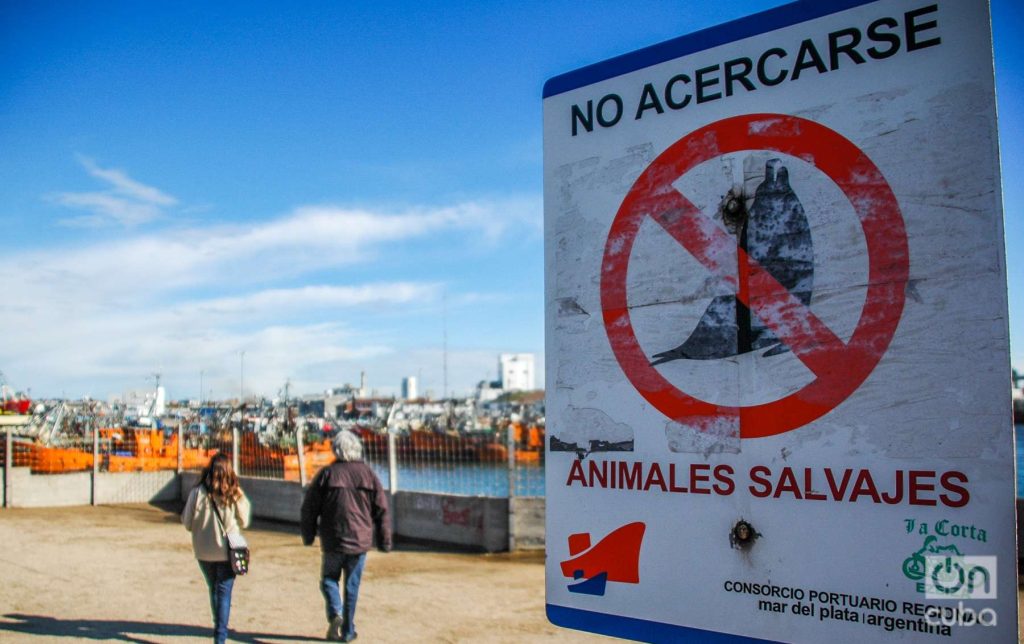
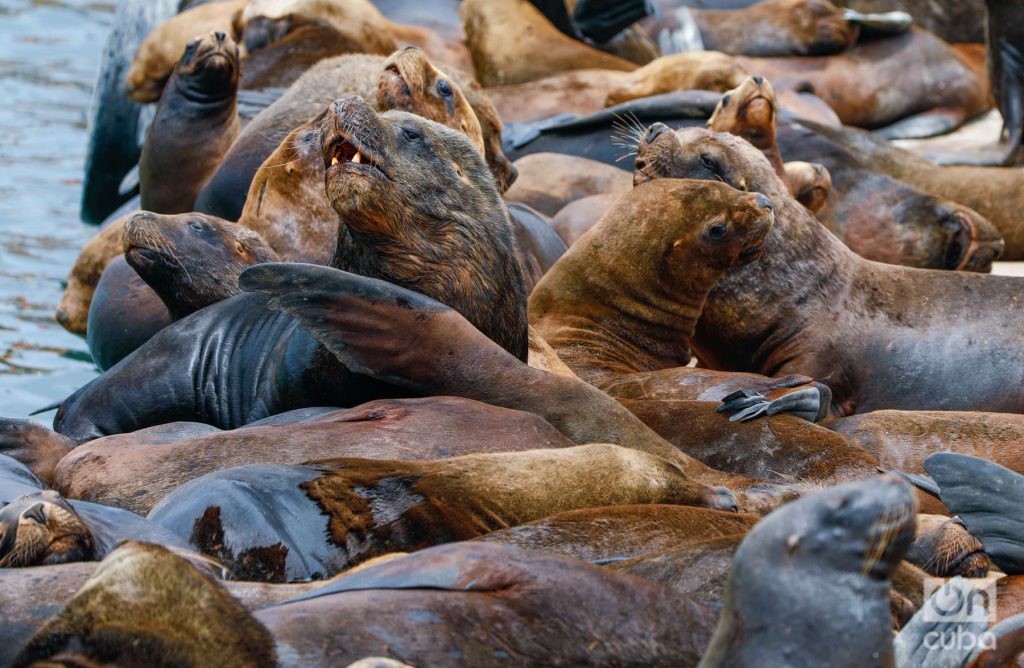
They tell me that the species is known as the one-haired sea lion and they arrived in the region long before the first houses were built. It was almost five centuries ago. There are records that in 1571 the corsair Francis Drake baptized the current Cabo Corrientes, a sector of the Mar del Plata coast, as “Cabo de los Lobos” due to the extensive colony of these animals.
It is estimated that today there are about a thousand specimens in this area, all males. At one time of the year the largest cross to the coast of Uruguay to mate.

The closest I had been to an animal like this was when I was little, on a visit to the National Aquarium of Havana, where I had a photo taken with the famous “seal” Silvia, a kind of marine star of the place.
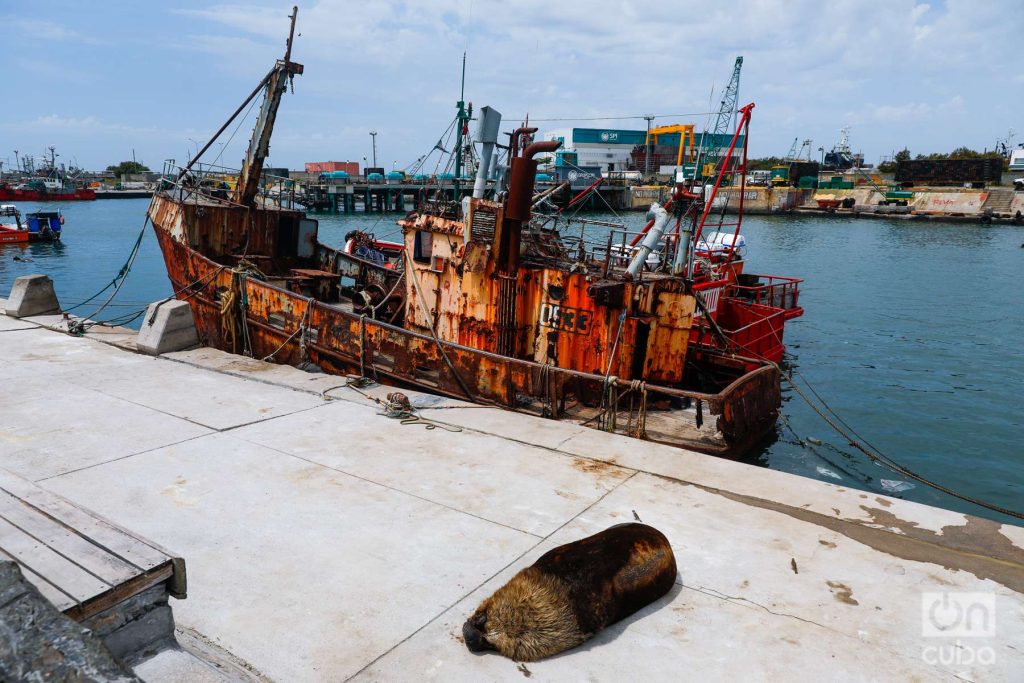
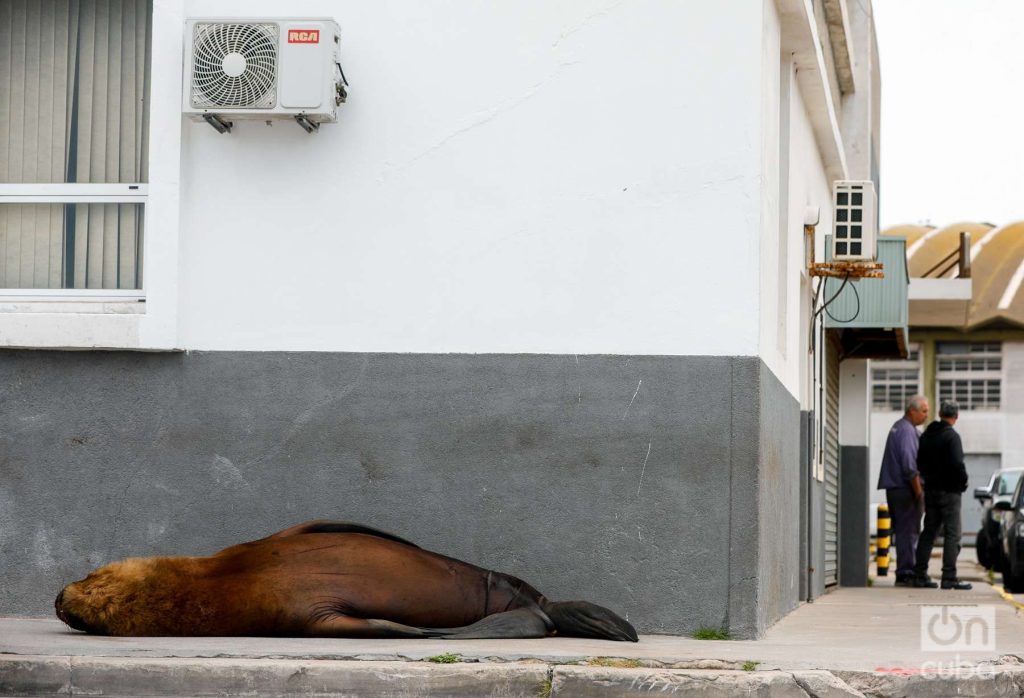
These sea lions are larger and more robust, with a fusiform body and thick, shaggy, greyish-brown fur. Males can weigh more than 400 kilos and measure up to 3 meters in length, while females are slightly smaller, weighing around 100 kilos and up to 2.5 meters in length.
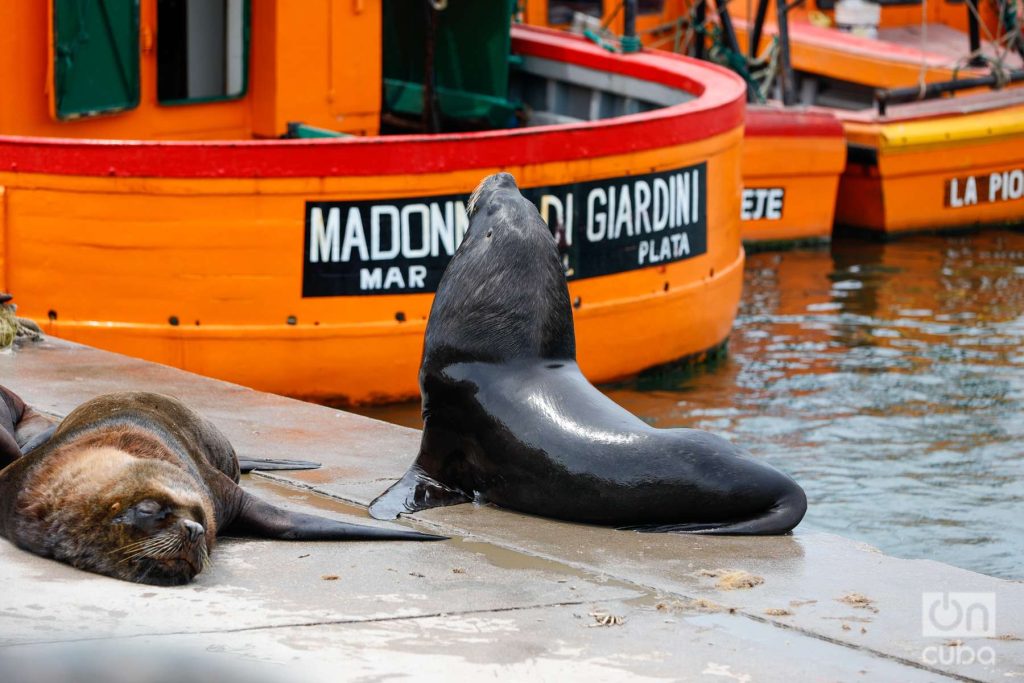
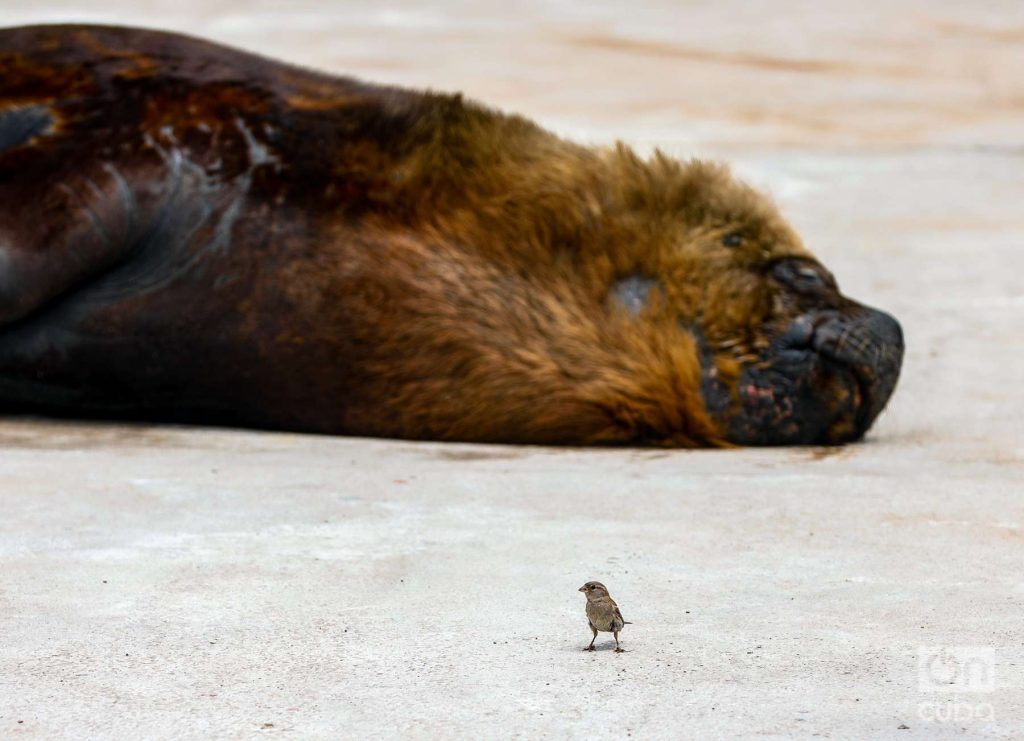
The head is impressive, the strong jaw and sharp teeth. The eyes are large and expressive. They have excellent vision both in and out of the water. Their hind legs are very strong and are designed for swimming, while the front legs are shorter and are used for movement on land.
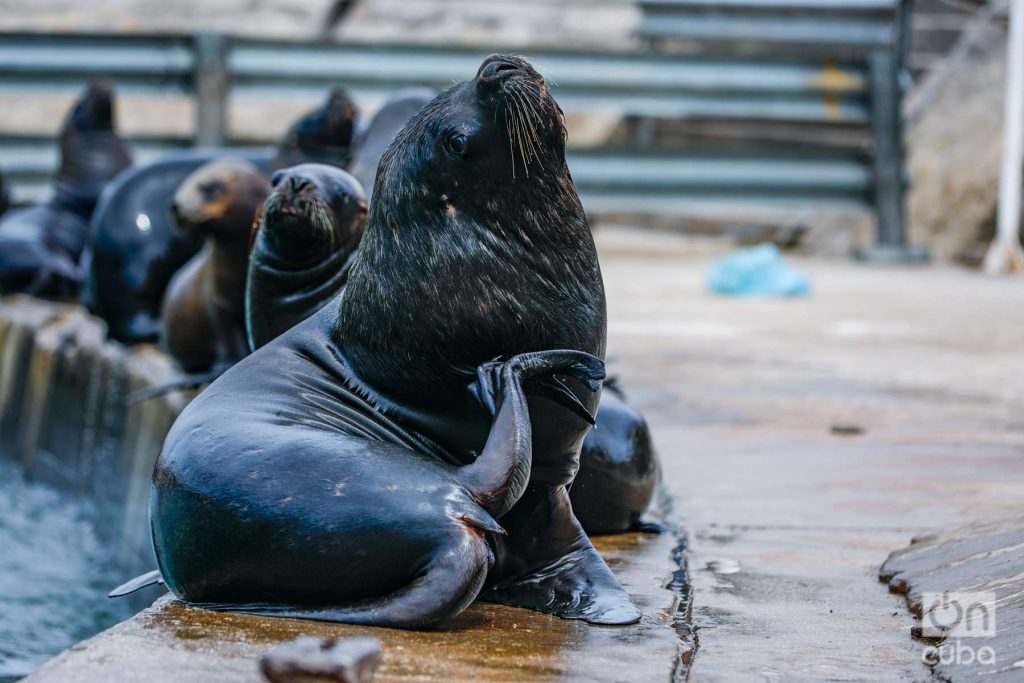
Unlike other seals, sea lions have the ability to walk on all fours on land, which allows them to move more easily along the coast. In addition, they are social animals and communicate with each other using a variety of sounds. Barking, growling and roaring.
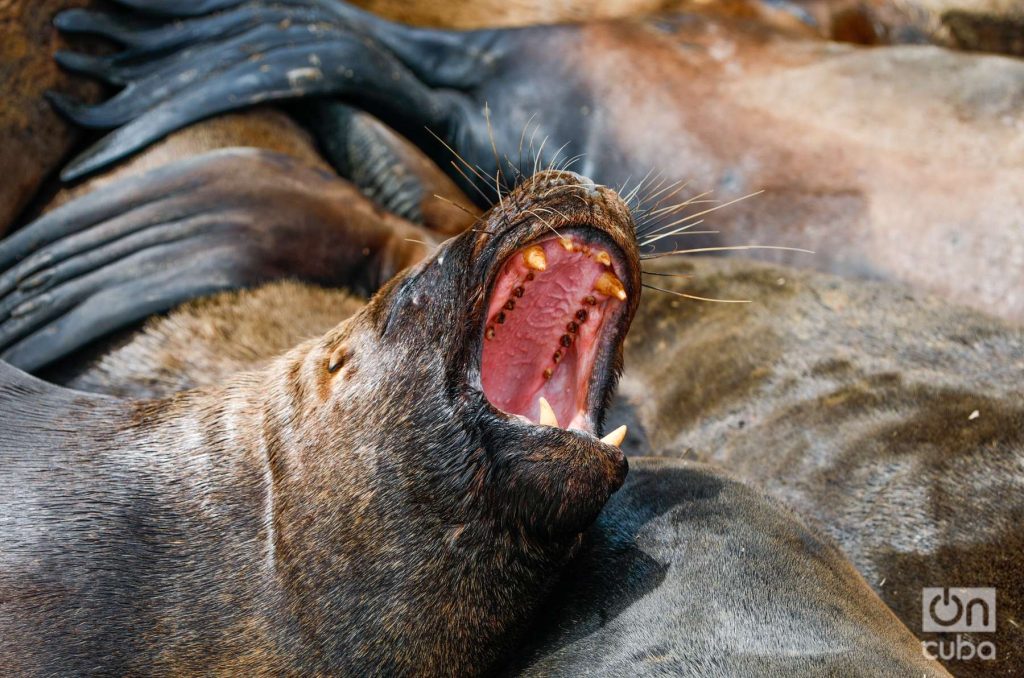
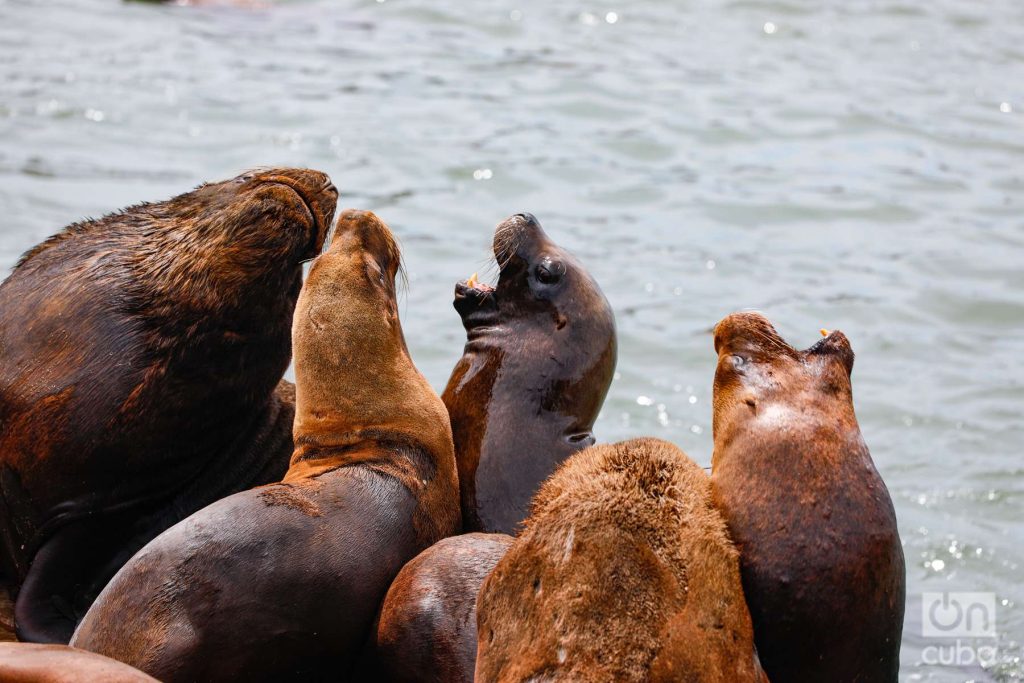
They feed mainly on sardines, anchovies, herring and squid. Due to their role in the marine ecosystem, sea lions are considered a key species for the conservation and maintenance of the health of the oceans.
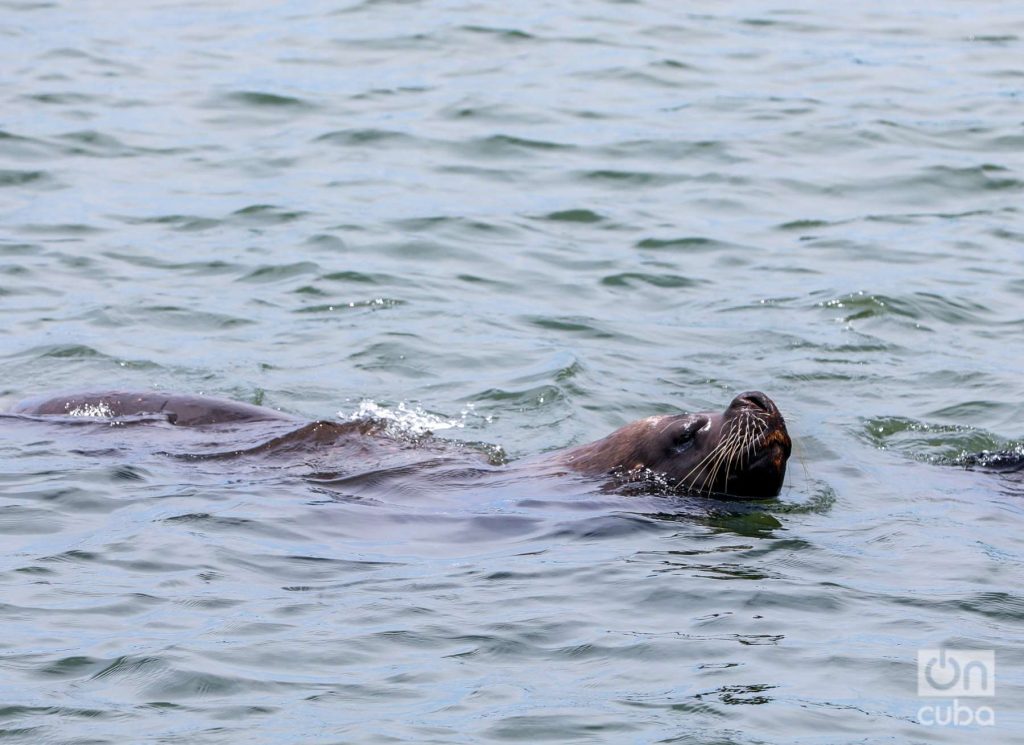
Despite their imposing appearance, the sea lions of Mar del Plata coexist with human beings. They are sociable and curious. Sometimes some specimens are found along the small street of the commercial center of the port among hundreds of tourists. One even hangs around the kiosks. The merchants have baptized him as Gustavito.
However, there is great concern about the proximity of the sea lions. On the one hand, the tourists try to get too close and make them freak out. On the other hand, the animals have been filling areas where fishing boats dock and unload.
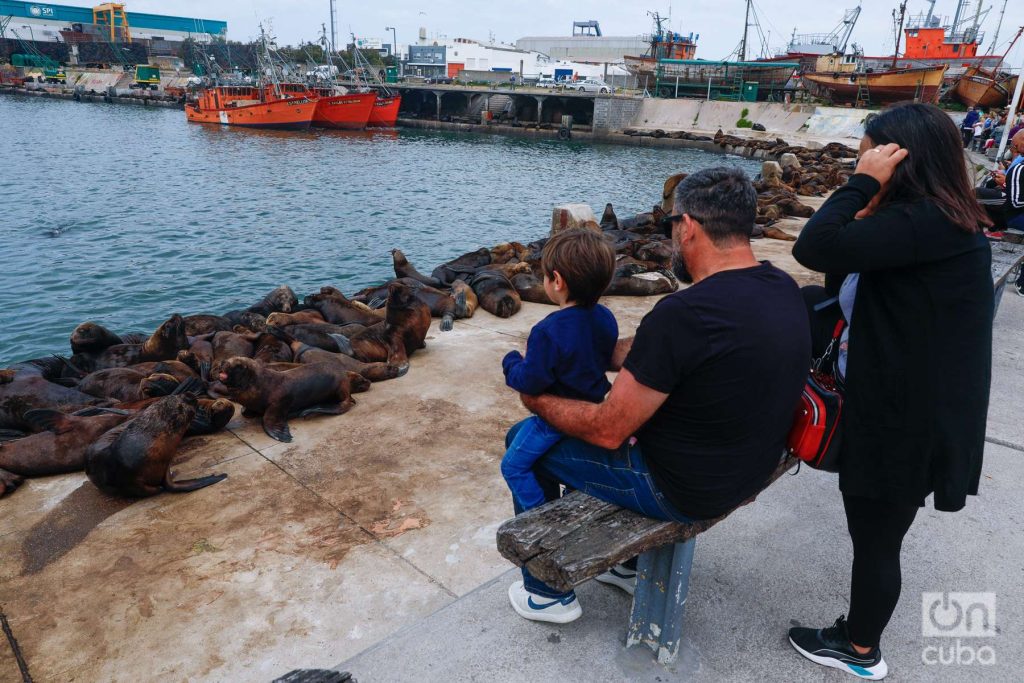
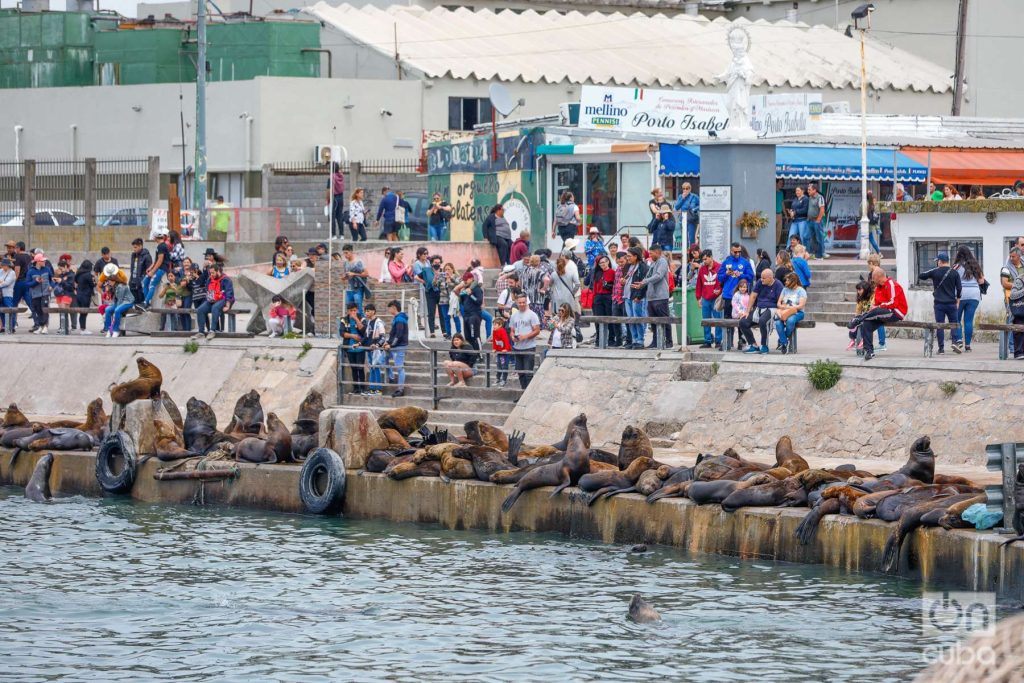
In the midst of the COVID-19 pandemic, when the port was desolate, with hardly any activity, at least 300 sea lions settled on the shoulder of the pier and even frequently traveled a couple of blocks towards the city.

In 2022, Juan Lorenzani, president of the Fundación Fauna Argentina, outlined a long-term protocol to relocate sea lions.
“What we are going to do initially is to lower the sea lions towards the pier on the shoulder, and once there, make them return to the water. Then we will try to prevent them from going up again, and we believe that if we do it in a sustained manner, they will prefer to settle in another space, ”Lorenzani explained to Télam.
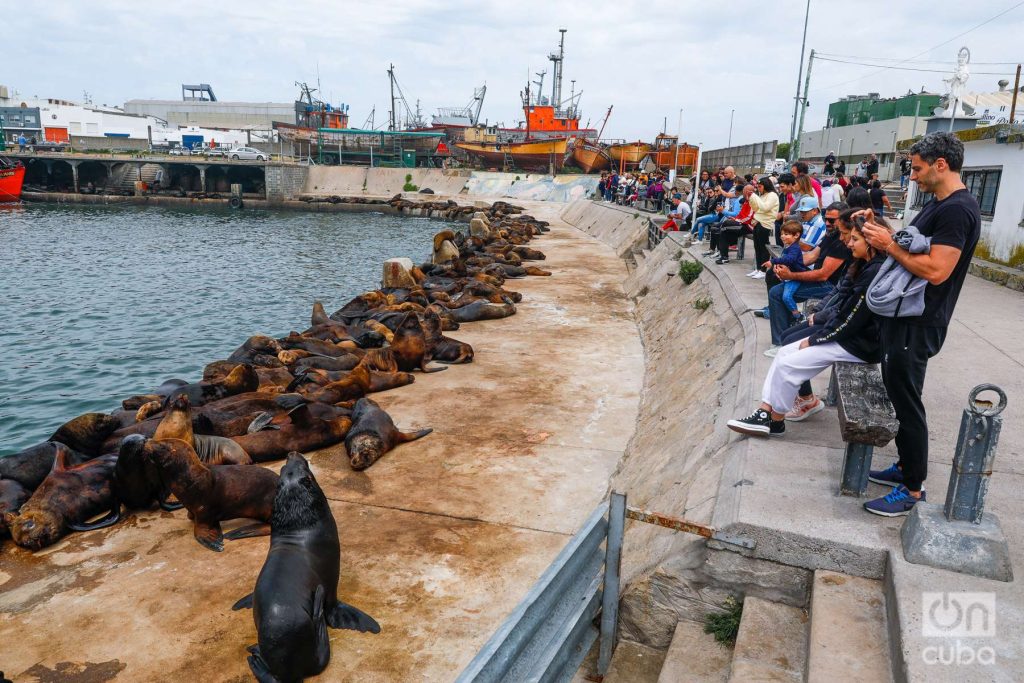
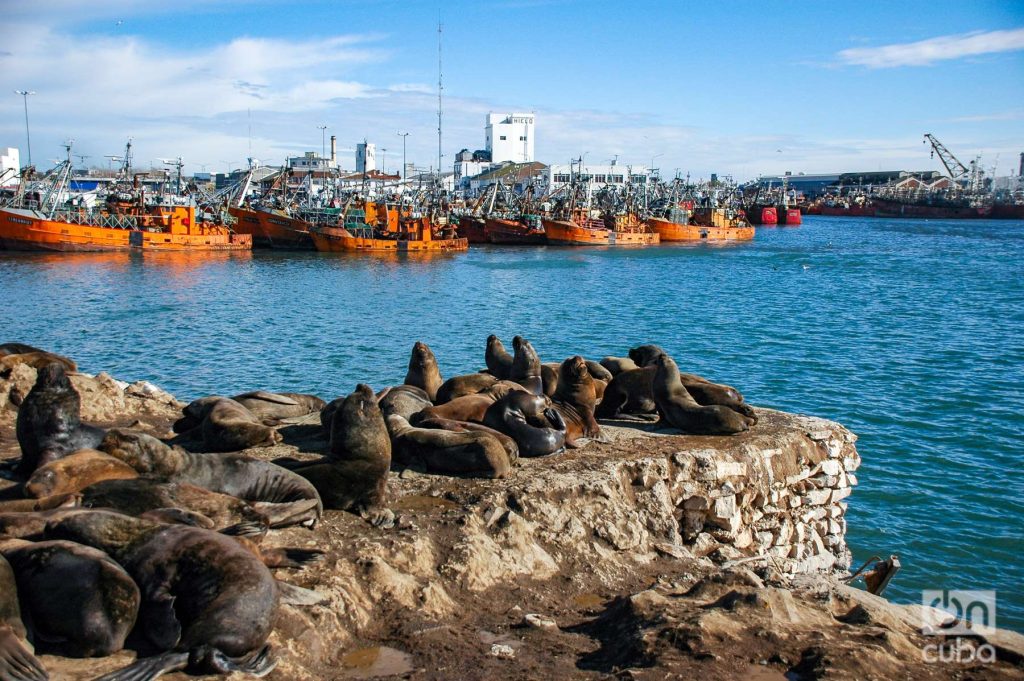
He also explained that “the lowering is done on foot, with no other tools than clapping, whistling or waving our arms, because we have to avoid stampedes or sudden reactions from sea lions. In addition, since we have been working with each other constantly for many years, we cannot act in a way that prevents us from getting closer later.
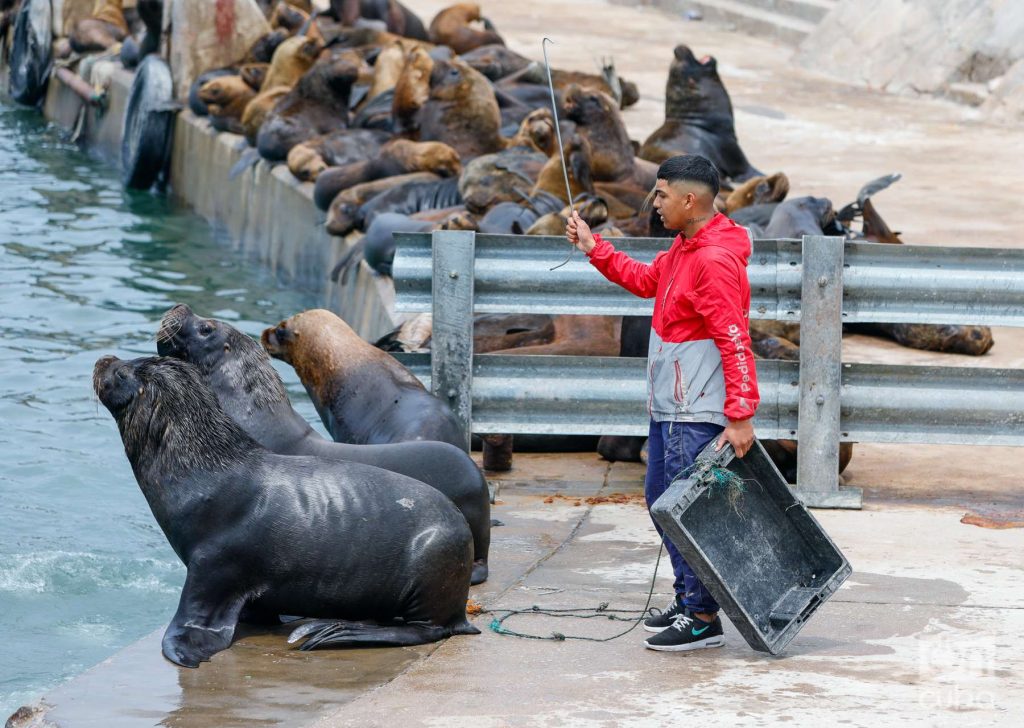
I took these photos a couple of months ago. The sea lions, a species declared a Natural Monument of Mar del Plata in 1994, despite attempts to move them to a safer area, continue to settle in the port, very comfortable. After all, they are at home.
